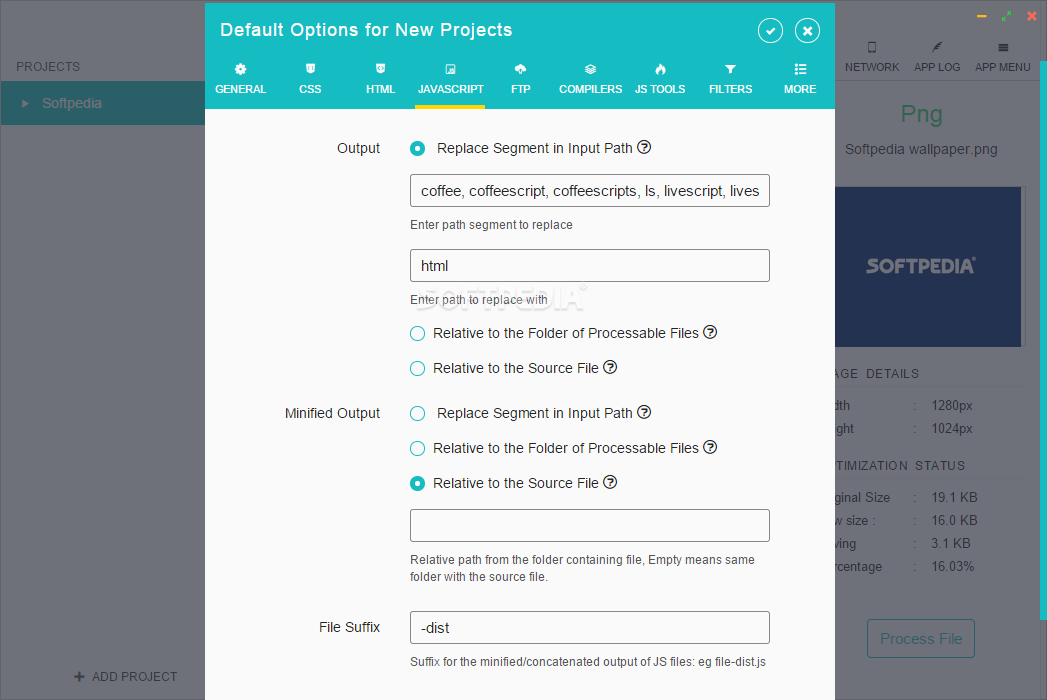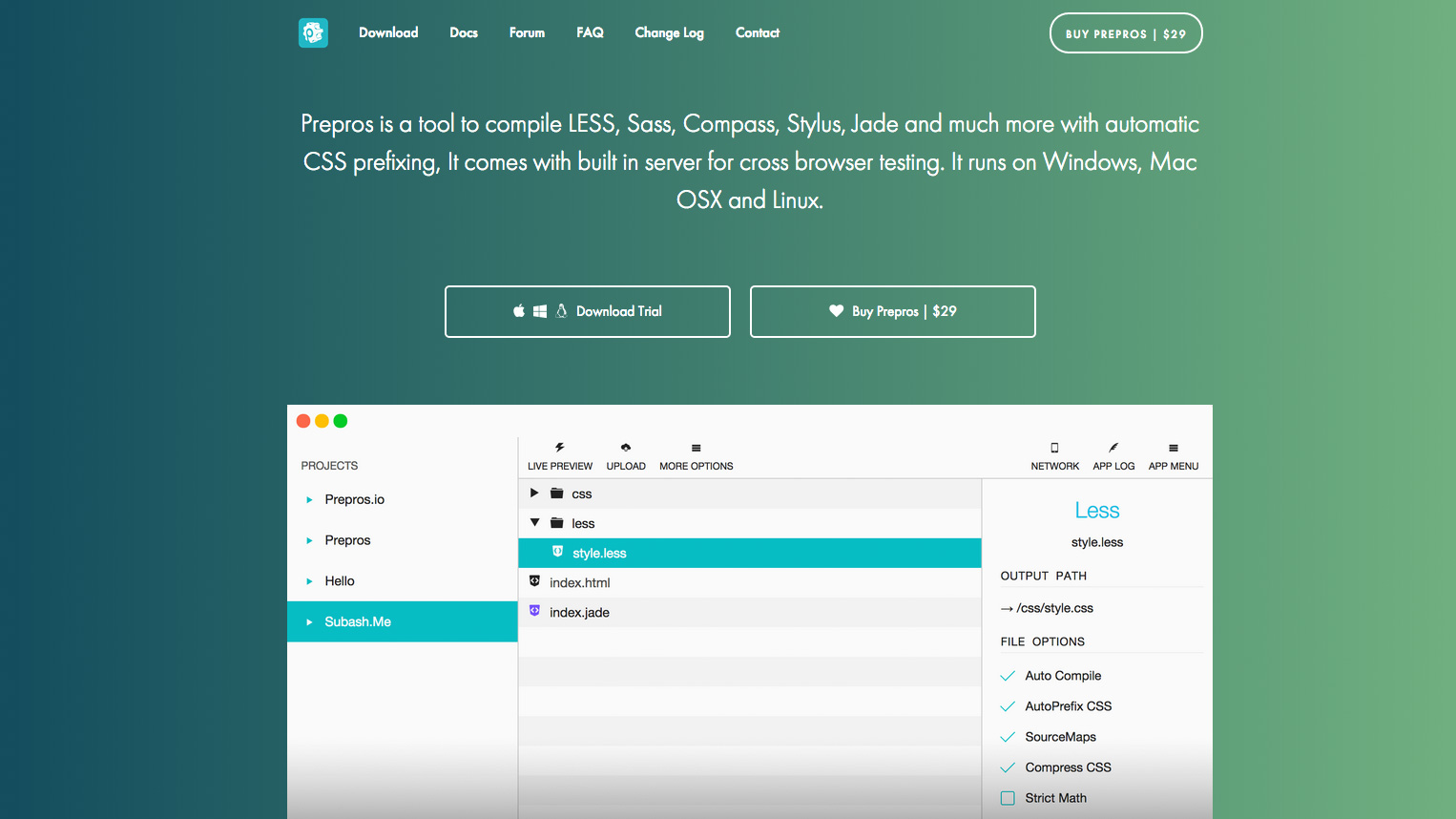
At that time, the tool was not operational for public use but was rather a proposed concept for improving existing hydrological techniques. The tool’s conceptual framework was originally presented in a 2016 ArcUser Article as a novel way to improve hydrological modeling by connecting the user with authoritative, seamless, cloud-based datasets, such as those hosted in Esri’s Living Atlas of the World.
PREPROS DESCARGAR SOFTWARE
Data downloading, processing, and spatial analysis are common steps, that are typically lengthy and tedious, for preparing a watershed model from GIS datasets, irrespective of the final simulation software used to route the rainfall into runoff hydrographs. While the output text file is specific to HEC-HMS, the tool’s functionalities of creating a comprehensive hydrological basin model using web-based datasets and parameter estimates may be used to streamline initialization steps for a variety of hydrological applications. Army Corps of Engineers HEC-HMS hydrological software for creating a Basin Model, which describes the physical properties of the watershed system prior to calibrating and applying atmospheric conditions. An output text file is then created in the format necessary to be automatically read by the U.S.
PREPROS DESCARGAR SERIES
Parameters are estimated using a series of spatial analysis steps and appended to the local Catchment and Reach shapefiles. Hydrological methods supported by HMS-PrePro include:Ĭanopy Method, SCS Curve Number Lag Method, TR-55 Lag Method, SCS Curve Number Loss Method, Green and Ampt Loss Method, Lag Routing, Muskingum-Cunge Routing, SCS Unit Hydrograph, Clark Unit Hydrograph, Snyder Lag Method Execution times for this script tool are generally less than one minute. The user may then run the HMS-PrePro Preprocess Basin script tool to estimate a variety of common hydrological parameters using the downloaded datasets. Runtimes vary depending on the size of the watershed, computing capability, internet speed, and user-specified stream definition threshold (see Arc Hydro Tutorial) however, observed execution times are generally between 3 – 5 minutes. The aforementioned steps are executed in succession when the user runs the HMS-PrePro GetData script tool. With the datasets downloaded and the DEM processed, the tool then assigns a unique hydrological identifier to each watershed element for connecting common features. The DEM processing in HMS-PrePro follow the standard steps used by Arc Hydro, including:įill Sinks, Flow Direction, Flow Accumulation, Stream Definition, Stream Segmentation, Catchment Grid Delineation, Catchment Polygon Processing, Drainage Line Processing, and Longest Flow Path (see Arc Hydro Tutorial)

The program manipulates the digital elevation model (DEM) and performs terrain processing steps for delineating the watershed boundary into catchments, reaches, and longest flow paths. The tool then performs a series of spatial analysis steps to delineate the watershed by linking with the Arc Hydro Toolbar and the Hydrology Toolset in ArcGIS ArcMap.

The data is stored and managed locally in a format that is amenable to typical hydrological modeling. Instead of requiring the user to search a plethora of websites, each with unique formats, and then download, extract, and process the data locally, HMS-PrePro automates these steps within a matter of minutes. Common datasets required for standard hydrological modeling are obtained, including land cover, terrain elevation, and hydrological soils data. Authoritative datasets are extracted from Living Atlas servers and downloaded to the user’s computer for further processing. When the user specifies a watershed boundary, HMS-PrePro connects to ArcGIS REST API Servers and uses the watershed location as a common denominator to link distinct spatial datasets for the area of interest.


The tool rapidly creates a basin model and estimates hydrological parameters for any watershed in the world by connecting the user to Esri’s Living Atlas of the World and automating spatial analysis steps. HMS-PrePro is an ArcGIS preprocessing tool that was designed to improve GIS-based watershed modeling.


 0 kommentar(er)
0 kommentar(er)
